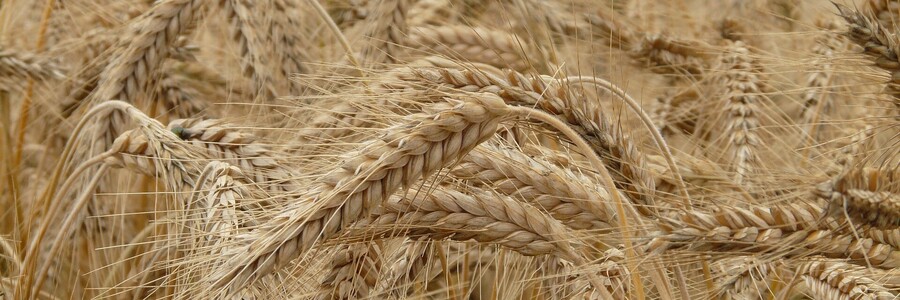Study shows food system driving biodiversity loss
An international study "Impacts of the Food System on Biodiversity" published on Wednesday by Chatham House in cooperation with the United Nations Environment Programme and the non-governmental organisation Compassion in World Faming shows that our food system is the driving force for biodiversity loss. The most influential factors here are the conversion of intact ecosystems into intensively cultivated land, cultivation in monocultures and the lack of structures and refuges for nature in the agricultural landscape. In addition, the high use of pesticides and fertilisers in intensive agriculture leads to further environmental and biodiversity impacts.
The politically desired and highly subsidised intensification of agriculture, i.e. the production of ever more food at ever lower prices, initially made it possible to overcome the food crisis in Europe after the war, but then led to a vicious economic and ecological circle. Low prices force ever further increases in production. Especially in developing countries, more and more land is being developed for food production. Most of the world's agricultural land (78%) is occupied for the provision of animal products (fodder cultivation and pasture).
However, the impact of the food system is not limited to species loss alone. For example, agriculture contributes significantly to the climate crisis, accounting for about 30% of global CO² emissions. Furthermore, cheap food leads to considerable food waste in many regions of the world, to obesity on the one hand and malnutrition due to unbalanced food on the other.
Restructuring the food system
According to the study, however, the food system is not only the biggest problem for biodiversity, but at the same time the key to its restoration, if it is to be nature-friendly and climate-friendly. The Chatham House report recommends the following three measures for a sustainable transformation of the food system:
Global dietary patterns must move towards a plant-based diet, primarily due to the disproportionate impact of animal agriculture on biodiversity, land use and the environment. Such a shift, coupled with the reduction of global food waste, would reduce demand and pressure on the environment and land, benefit the health of populations around the world, and also help reduce the risk of pandemics.
More land needs to be set aside and protected for nature. The greatest gains for biodiversity are made when we conserve or restore whole ecosystems.
We need to make farming practices nature-friendly and biodiversity-enhancing, limit the use of environmentally harmful inputs and replace monocultures with polycultures.
CAP strategy
This gives rise to many suggestions for Germany's National Strategic Plan in the context of CAP implementation. How much land must farmers set aside as non-productive land, so-called Space for Nature, if they want to receive subsidies? How much funding will be available to support conservation measures in the two pillars of the CAP? How much of the proven harmful and inefficient flat-rate area payments of the First Pillar will be reallocated to so-called eco-schemes or shifted to the Second Pillar? What concrete support programmes will the federal states offer to protect biodiversity? In the coming weeks, the federal and state governments and parliaments will have the chance to shape the agricultural support system in a way that benefits biodiversity, the climate and ultimately agriculture itself.

